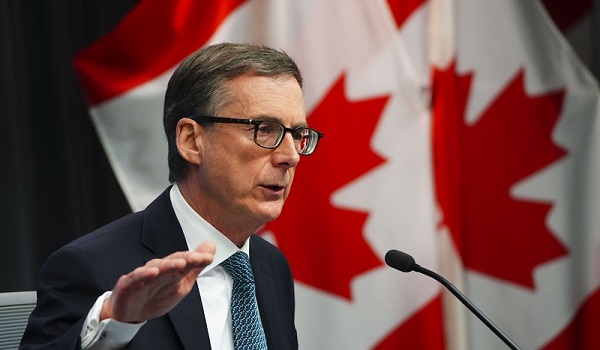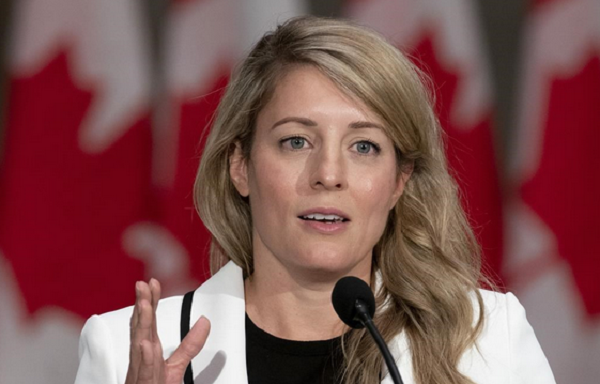Tiff Macklem calls for action on Canada’s low productivity growth
Bank of Canada governor Tiff Macklem is sounding the alarm on Canada’s productivity problem and urging policymakers to dig into why the country struggles with low business investment.
According to prepared remarks he delivered to the Winnipeg Chamber of Commerce Monday, Macklem hailed the strengths of Canada’s job market, including high labour force participation, strong immigration and a solid education system.
The governor also reflected on the fact that the labour market has adjusted relatively well to higher interest rates, albeit some workers, including newcomers and young people, have been harder hit by rising unemployment.
But looking at the longer term economic picture, he warned productivity is the country’s weakness, noting that on average, businesses invest much less per worker in Canada than they do in the United States.
“Our Achilles heel is productivity. We have been very good at growing our economy by adding workers. We have been much less successful at increasing output per worker,” he said.
The governor’s comments echoed the central message of a speech senior deputy governor Carolyn Rogers gave in March, where she warned addressing low productivity has become a national emergency.
The issue of productivityis top-of-mind for many economists concerned that low business investment will depress living standards in the country.
Macklem said figuring out how to make Canada a better place to invest is critical to supporting non-inflationary economic growth and higher living standards.
Productivity growth, he said, helps businesses compete in global markets and supports higher wages for workers.
“And with an aging population and limits to how many immigrants we can successfully absorb each year, improving our productivity growth will become more important to sustaining trend growth,” Macklem said.
In a news conference later on Monday, the governor acknowledged that the solutions to Canada’s productivity problem are not in the central bank’shands.
“But our message is if you want more non-inflationary growth, we’re going to need a concerted discussion between businesses, governments, and academics, civil society, on how are we going to get productivity growth up in Canada,” he said.
Macklem offered some areas policymakers could tackle, including interprovincial trade barriers and Canada’s slow regulatory approvals.
The governor’s remarkscome less than three weeks after the Bank of Canada delivered the first interest rate cut in more than four years.
Encouraged by slowing inflation, the central bank lowered its policy rate by a quarter of a percentage point, bringing it to 4.75 per cent.
Macklem reiterated on Monday that if the economy and inflation evolve broadly in line with the central bank’s expectations, it’s “reasonable” to expect more rate cuts.
Canada’s inflation rate was 2.7 per cent in April. Inflation data for May is set to be released Tuesday by Statistics Canada.
High interest rates have slowed down the economy and cooled the job market, as well.
The unemployment rate has steadily increased over the last year, reaching 6.2 per cent in May.
This article was first reported by The Canadian Press












